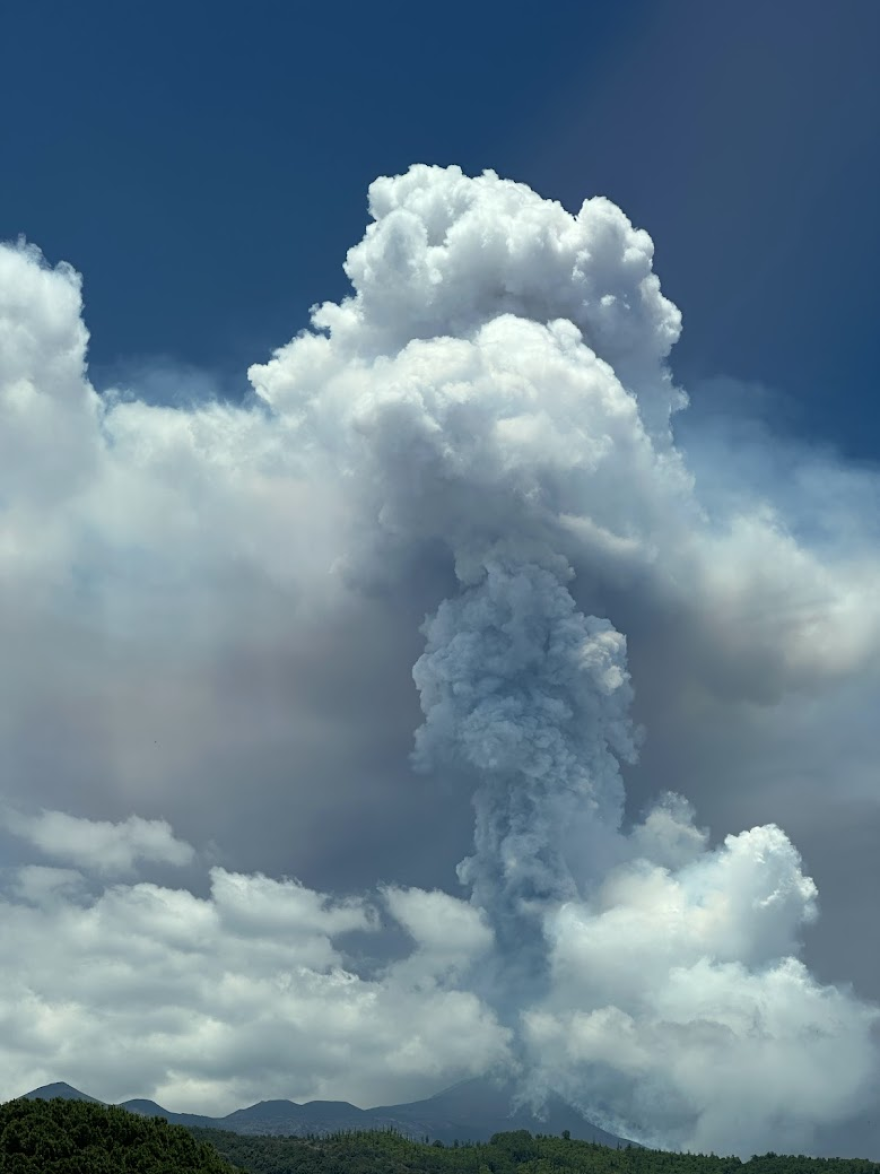Instruments developed here in Central New York are being used to research active volcanoes around the world. A senior scientist from Inficon in East Syracuse recently had a close call as teams were about to set up equipment at a volcano in Italy.
It was the beginning of June when Dr. Andres Diaz and his team were planning to test some new technology at Mt. Etna. They weren’t deterred by reports of increased seismic activity. But when they began their trek to the mountain, it started erupting.
“We go to an active volcano, so there's always a chance that this might happen, but you don't believe it's going to happen," Diaz said.
Mt. Etna in Sicily is the most active volcano in Europe, which Diaz said makes it an ideal place to test their instrumentation. Not during an eruption, mind you, but preferably weeks before. Volcanoes emit a lot of gas from magma deep within the earth, and he said they’re basically trying to “smell” that passive gas and figure out what it’s telling them.
“That gas leaks into the into the cracks, the crater, and we measure that," Diaz said. [It] tells us about the where the magma is, what the magma is doing. Is this coming from a new batch of magma that is rising? And then will that eventually become an eruption?”
He said the main goal is to help volcanologists predict an eruption, though not all volcanic activity results in plumes of smoke and flowing lava. Inficon is known for its gas detection technology. At Mt Etna, Diaz tested a mass spectrometer aboard a robot that looks like a headless dog with large leg joints..
A video shows the robot trudging through the gray, rocky surface at the edge of the volcano, Diaz said these rim walks are inherently risky.
“I have done that with volcanologists and it's quite amazing, but it's quite dangerous," Diaz said. "So I'm just trying to give them an opportunity to collect data without risking their lives. I prefer to send the robot than send a human, that's for sure, even though we have the risk of losing the instrument.”
Diaz also deploys drones, balloons, and other portable devices. He said they’re monitoring volcanoes around the world in partnership with government and research institutions.




